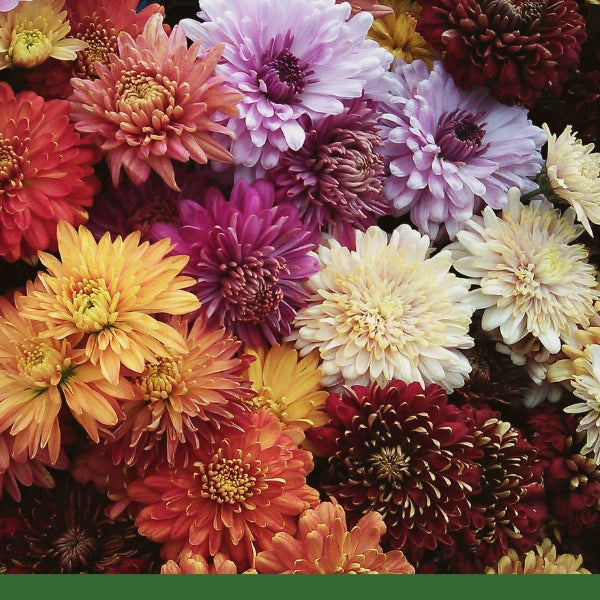Chrysanthemum Flower, Whole (Chrysanthemum morifolium) - Dried Herb
- Regular price
- $30.01
- Sale price
- $30.01
- Regular price
-
- Unit price
- per
Couldn't load pickup availability


Chrysanthemum is a perennial plant and member of the Asteraceae or sunflower family. Other names of this plant include Chrysanthemum indicum (Ye Ju Hua herb), Hardy Garden Mum, Crisantemo, Florist’s Daisy, Hang Bai Ju, and more. Chrysanthemum is appreciated as an ornamental garden plant. The flowers are grown indoors as an aid to clear the air.
The Chrysanthemum was first cultivated in China as a flowering herb and is described in writings as early as the 15th century BC. In fact, their pottery depicted the Chrysanthemum much as we know it today. As an herb, it was believed to have the power of life. Around the 8th century AD, the Chrysanthemum appeared in Japan. So taken were the Japanese with this flower that they adopted a single flowered Chrysanthemum as the crest and official seal of the Emperor.
The Chrysanthemum was first introduced into the Western world during the 17th century. In 1753, Karl Linnaeus, reknowned Swedish botanist, combined the Greek words "chrysos", meaning gold with "anthemon", meaning flower. Linnaeus was the founder of that branch of taxonomy dealing with plants and including the science of classification and identification. Experts say this is probably an accurate description of the ancient species, as it also points out the mum’s need for sunlight. The earliest illustrations of mums show them as small, yellow daisy-like flowers. And it is collected in batches between September and November, especially when flowers bloom.
Some of the first written Chinese texts have recorded using Chrysanthemum. The Flower was traditionally used in Traditional Chinese Medicine (TCM) to support healthy digestion, as a gentle nervine and for its lubricating, yin-nourishing effects. It is also employed in this traditional practice to disperse wind, clear heat, and soothe the liver. TCM uses Chrysanthemum in much the same way western folk herbalists use Chamomile. Both have similar uses for calming indigestion and the spirit. Also, Chrysanthemum tea is widely popular in China and the flower can also be found in carbonated sodas or combined with Licorice Root. Furthermore, in Asian cuisine, Chrysanthemum leaves are sautéed and added to vegetarian dishes.
In the Ayurvedic tradition, Chrysanthemum has an affinity for the head and cooling effects on the mind. In India, Chrysanthemum petals are occasionally combined with Rose Petals for an agreeable floral taste.
Chrysanthemum flowers are most popular as a tea, either drunk alone, or blended with botanicals. The infusion is typically drunk warm after meals or as a refreshing iced beverage during warm weather. Chrysanthemum can also be powdered and blended into homemade face masks, cleansers, toner, and various other skin and body care products.
Properties:
The taste and energetics of Chrysanthemum are sweet, bitter, cooling and is both moistening drying to the tissues. Chrysanthemum has an affinity towards the digestive system, lungs, liver, spleen, kidneys, nervous system, eyes, immune system and cardiovascular system. Combine Chrysanthemum with Elderflower, Calendula or Chickweed for their cooling properties as an external wash for the eyes or skin. To clear liver heat combine Chrysanthemum with Oregon Grape, Dandelion Root or Greater Celandine.
How to use:
1 teaspoon of Chrysanthemum Flowers to one cup of boiling water. Steep for 15 minutes, strain and drink up to three cups a day.
Use as a poultice, wash or bath. Can be used topically as an infused oil or salve.
Cautions & contraindications:
It is contraindicated with blood pressure medication. Use during pregnancy and lactation is not well-researched. There are rare cases of allergic reaction to Chrysanthemum.
This information is for educational purposes only and is not intended to diagnose, treat or cure any disease or illness. Please consult your health care provider prior to the use of this product if you are pregnant, nursing, taking medications or have a medical condition. Individual results may vary.

